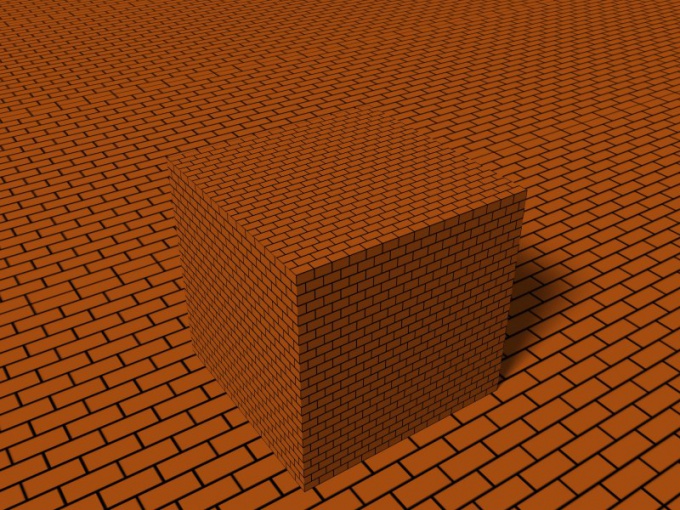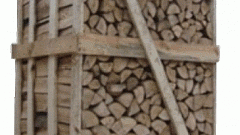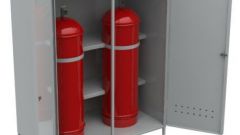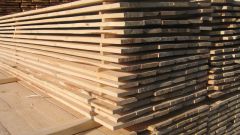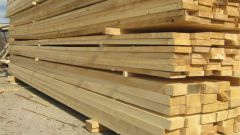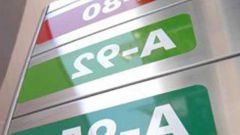Instruction
1
The prefix "centi" (from lat. centum – "a hundred") denotes the multiplier of 10^(-2). That is, a centimeter is one-hundredth of a meter, if we are talking about linear units of measurement.
2
In square units, the gap between "meters" and "centimeters" increases. One square centimeter is a square with sides of 1 centimeter. A square meter is illustrated by a square with sides of 1 meter. The value of the area varies not in 100 and 10,000 times.
3
Even more the gap between the cubic "meters" and "centimeters". He is already 10^3=1000000 times. Cubic meter is conventionally represented by a cube with sides of 1 meter.
4
To convert cubic centimeters to cubic meters, divide the number by 10^6 or, equivalently, multiply by 10^(-6). For example, 5 CC = 5/10^6 cubic meters = 5•10^(-6) cu. m = 0,000005.
5
To back translate cubic meters to cubic centimeters, multiply the number by 10^6. For example, 2 cubic meters = 2•10^6 cubic cm = 2000000 cubic cm
6
Between centimeters and meters is a "decimeter". The prefix "deci" (from lat. decimus "tenth part") implies a multiplier of 10^(-1). Cubic dimension of the "triple" this multiplier.
7
To convert cubic centimeters to cubic decimeters, multiply the number by 10^(-3) (or divide by 10^3). For example, 9 CC = 9•10^(-3) DM = 9/10^3 DM = 0,009 cubic decimeter.
8
To convert cubic decimeters to cubic centimeters, perform the inverse operation: multiply the number by 10^3. For example, 1 cubic DM = 1•10^3 cubic cm = 1000 cubic cm
Useful advice
All metric prefixes are "working" directly only for linear measuring systems. Then they change their "strength" in accordance with the exponent. System for measuring a dimension of two (square) doubles the power of the consoles. Cubic system – triples.
